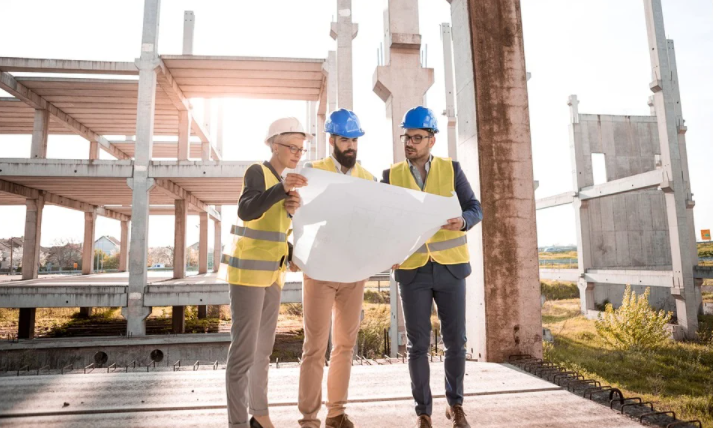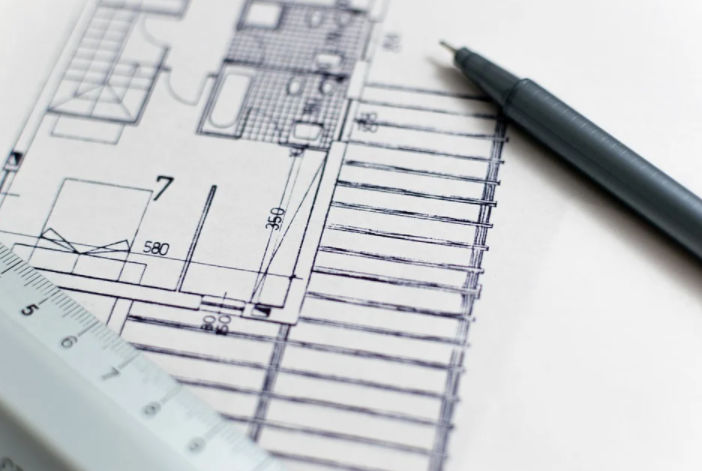Architecture is undoubtedly one of the most changing fields in business. It has changed tremendously due to many factors, such as culture and technological advancements. Commercial architecture, in particular, has undergone many changes and continues to be refined as business owners seek to maximize profits. Moreover, commercially focused architecture designs are different from other types of architecture. Clients have different tastes, but they all have the same goal: to make their business more profitable. It can be difficult to keep up with trends in this industry. Here are the top trends that will affect commercial architecture in the coming years.

The Use of 3D Signage in Architecture
Numerous business owners around the world are already using different types of signs to advertise their businesses. Due to their versatility, 3D signs are becoming increasingly popular among businesses. 3D signs are becoming increasingly popular due to their sleek look and unlimited customization options. 3D signs are easy to read and can be equipped with LED lights to make them more visible in dark areas. 3D signs are a practical option for signage. However, you can also modify the lighting to add a visual and aesthetic touch to your business image.
While 3D signs offer many benefits, it can be difficult to determine the right configuration for your brand. There are three important things to make sure you get the best 3D signs for your business. For example, whether or not the sign will be illuminated, what materials will be used, and what the lettering will look like. The store sign can make a customer decide to visit your business or not. It is the first thing they see. 3D signage will become increasingly popular in the future.
Flexible Workplaces
This new trend could end the debate over which office layout is better, between open-plan offices and private cubicles. Employers have used many methods over the years to improve employee productivity. Open-plan offices are a popular choice that encourages collaboration. Research has shown that employees who share a workspace are not necessarily more productive. While this approach has proven to work in some cases, many people who have tried it are skeptical. Flexible workplaces, where employees can decide whether they want to work in a group or alone, have proven to be the best. Some people are more productive when they work alone, and not everyone is an introvert.
Modern Technology Integrated Construction
 Modern technology is so integrated into our daily lives that we can no longer work effectively without it. The future of commercial architecture will likely be about integrating different types of technology into workspaces. This milestone will be facilitated by the 5G network, which is expected to revolutionize the future of technology. This will make commercial buildings more convenient and greatly increase productivity. This new technology will allow office equipment to be controlled remotely. Data exchange will be much easier, and some tasks may even be automated.
Modern technology is so integrated into our daily lives that we can no longer work effectively without it. The future of commercial architecture will likely be about integrating different types of technology into workspaces. This milestone will be facilitated by the 5G network, which is expected to revolutionize the future of technology. This will make commercial buildings more convenient and greatly increase productivity. This new technology will allow office equipment to be controlled remotely. Data exchange will be much easier, and some tasks may even be automated.
Sustainable Building
The building and construction industries are the largest contributors to the atmosphere, accounting for 11% of total carbon dioxide emissions. Industry experts are working tirelessly to find better ways to create living and working spaces that don’t cause so much damage to the environment. Sustainable building requires changes in the way we approach construction. Not only do we need to use sustainable materials, but it’s also important to maximize resources, so we don’t emit emissions. Because of the large amount of energy, it takes to construct and maintain commercial buildings, many efforts to create “greener buildings” can help reduce overall greenhouse gas emissions. This can be done in many ways, such as using renewable energy, sustainable building materials, and recycling waste. Water conservation and water harvesting are also among the most effective.
